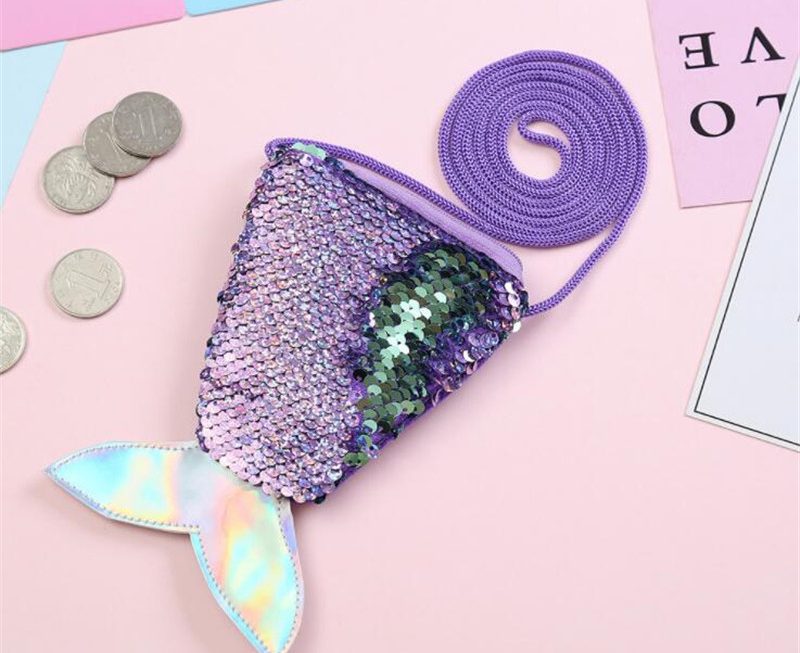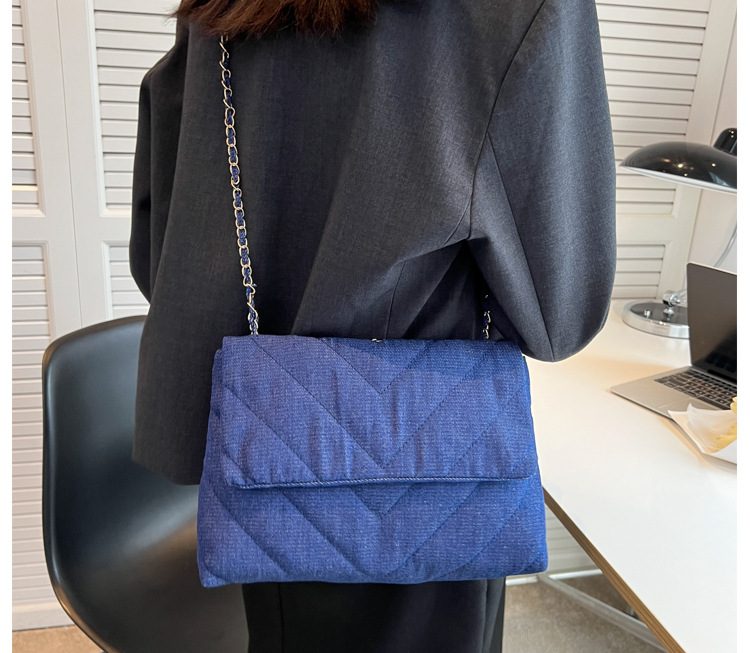What Is a Mermaid’s Purse?
A mermaid’s purse is a unique object that beachgoers often encounter. It’s not a bag at all. It is, in fact, an egg case. Many skates, sharks, and chimaeras produce these protective cases. They encase their young as they develop in the ocean’s depths. Shaped like a small pouch, a mermaid’s purse is made of collagen protein. It looks leathery and can vary in color and size. Their distinctive shapes can resemble a purse, which is how they got their name. These cases usually have long, stringy tendrils. The tendrils attach to seaweed or other underwater objects. This stops the purse from drifting away in the ocean currents.
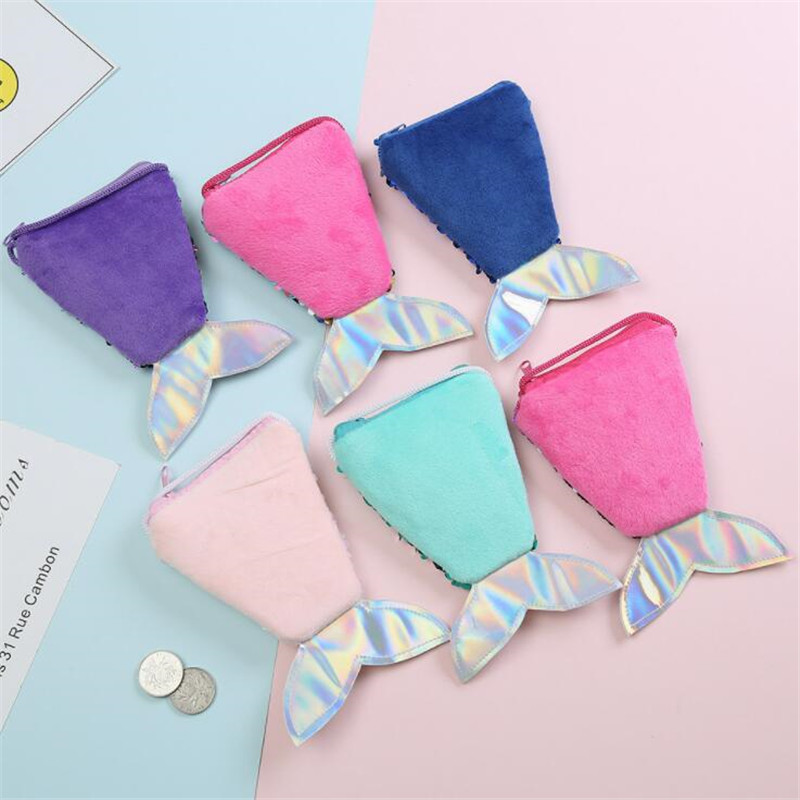
Mostly found washed up on beaches, the mermaid’s purse is intriguing. Inside, a developing embryo feeds on yolk until it’s ready to hatch. The time to hatch varies among species. When empty, these purses might seem like discarded trash. However, they are signs of a diverse and vigorous marine life. Beach visitors are encouraged to respect these cases. They represent the next generation of an often fragile marine species.
The Origin of the Name ‘Mermaid’s Purse’
Understandably, the name ‘mermaid’s purse’ piques curiosity. Many wonder how this name came to be. The shape of the egg case sparked imaginations long ago. Resembling a small, leathery pouch, they reminded people of a tiny purse. In folklore, mermaids carried their belongings in purses. Beachgoers saw these cases, and the name ‘mermaid’s purse’ caught on.
The tendrils on the case further fueled the myth. They seemed like strings a mermaid might use to carry the purse. Thus it was easy to see a whimsical connection. Like mermaids, these egg cases are from the sea. And like a purse, they hold something valuable inside—an embryo. This simple and vivid term stuck. It’s been shared by generations. Now, ‘mermaid’s purse’ points us to a natural wonder. It refers to life beginning beneath the waves.
Species That Produce Mermaid’s Purses
A variety of sea creatures create mermaid’s purses for their young. Remarkably, these species cut across a range of shark, skate, and chimaera families. Here we dive into some of the species known for producing these intriguing egg cases.
One of the most common producers of mermaid’s purses is the skate. Skates belong to the Rajidae family. Different species of skates will have differently shaped purses to protect their developing young. Another frequent producer is the dogfish, a type of small shark. Similarly, some species of larger sharks produce egg cases too, although this is less common.
Chimaeras, also known as ghost sharks or ratfish, also release mermaid’s purses. These deep-sea dwellers lay their egg cases on the ocean floor. Unlike skates and sharks, chimaeras are not very well-known. However, they are an ancient group of fish that contribute to the diversity of mermaid’s purses found.
Each species’ mermaid’s purse is unique, with variations in texture, size, and attachment structures. These designs are the result of evolution. They help secure the cases to the seabed or seaweed. This helps prevent them from being swept away and eaten by predators. Understanding which species produce mermaid’s purses enables us to identify them more accurately. Furthermore, it highlights the incredible diversity beneath the ocean’s surface.
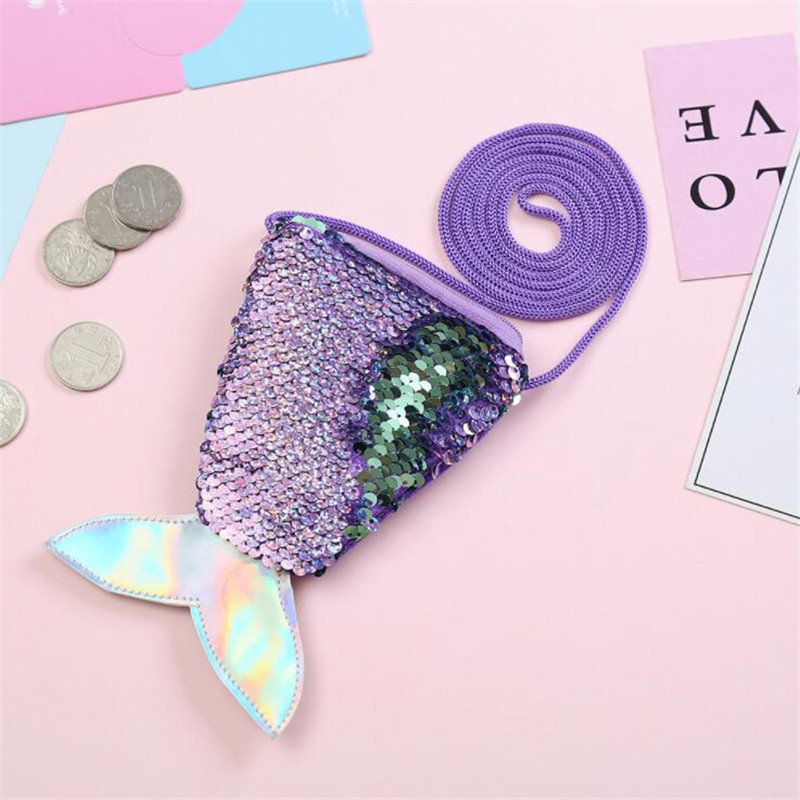
The Biological Purpose of Mermaid’s Purses
The biological purpose of mermaid’s purses revolves around protection. These collagen-based casings are nature’s way of safeguarding the future generation of marine life. Here’s how:
- Encapsulation for Safety: Mermaid’s purses offer a secure environment. This barrier shields embryos from predators and harsh ocean conditions.
- Nutrient Supply: Within the purse, embryos feed on a stored yolk. This yolk is their sole food source until they hatch and can fend for themselves.
- Anchorage: The tendrils on the purses anchor them to seaweeds or the seabed. This keeps the young in place, avoiding threats from strong currents and drift.
- Camouflage: Their often dull color and bumpy texture blend with the surroundings. This makes it harder for predators to spot and consume the cases.
Every mermaid’s purse is a survival pod. It carries out a critical role in safeguarding eggs of sharks, skates, and chimaeras. This system has evolved over millennia. It’s a natural marvel that ensures many marine species continue to thrive. Understanding this biological purpose is key to appreciating these ocean treasures.
How Mermaid’s Purses Protect Embryos
The mermaid’s purse is not just a casing—it’s a sophisticated system that ensures the safe growth of marine embryos. Here’s how it works:
- Sturdy Shelter: The collagen material of the mermaid’s purse is tough and durable. It shields the embryo from harm, keeping it secure from physical damage.
- Steady Food Source: The yolk within the purse is a ready-to-eat meal. It offers all the nutrients the embryo needs before it is born.
- Fixed Position: Tendrils on the purse attach to the sea floor or seaweed. This keeps the embryos stable and in one place, safe from being tossed by waves.
- Hidden from Harm: The color and texture of the mermaid’s purse camouflage it. Predators have a tough time finding these hidden gems.
Each mermaid’s purse is like a self-contained nursery. It allows the embryo to grow without worry of the environment or predators. With this system, many marine species can lay their eggs and leave, knowing their young have a strong chance at life. This remarkable natural design is vital for the endurance of species like skates, sharks, and chimaeras in the vast ocean.
The Lifespan of a Mermaid’s Purse
The lifespan of a mermaid’s purse is more remarkable than you might expect. Once released into the sea by the parent, these egg cases go through a process from encapsulation to the birth of a new marine creature. The entire lifecycle can vary based on the species involved.
For many skate species, the cycle from egg to hatchling can take several months. In some cases, it can even last up to a year. During this period, the embryo inside feeds on the yolk sack provided. Over time, the young skate or shark consumes all the yolk. When it’s fully developed and ready, it breaks free from the mermaid’s purse. After the young marine life hatches, the empty casing often washes up on the shore.
Mermaid’s purses are tough but not indestructible. While they are good at protecting their contents, they can be harmed by pollution or rough conditions. This is why you might find some purses still intact and others broken or worn down on the beach.
To estimate the age of a mermaid’s purse, look at its condition. A fresh one will be sturdy and leathery. An older, spent case may be faded, brittle, or have holes. By recognizing these stages, we can learn more about their role in marine development. The lifespan of mermaid’s purses shows the resilience and vulnerability of life beneath the waves.
Finding and Identifying Mermaid’s Purses
Finding a mermaid’s purse can be an exciting beachcombing activity. They often wash up on shores around the globe. To identify these egg cases, you need a keen eye and some basic knowledge.
- Check the Shape: Skates, sharks, and chimaeras have unique mermaid’s purses. Their shapes can vary. Some are rectangular, others are purse-like. Look for the structure that defines them.
- Look at the Texture: These purses can be leathery. They may have a smooth or bumpy surface. Touch can help in identification.
- Examine the Color: Colors range from dark brown to black and sometimes greenish. They may blend in with the sand or seaweed.
- Search for Tendrils: Long, curly tendrils are a key feature. They suggest the purse was anchored to something.
- Consider the Size: Sizes differ between species. A larger purse usually belongs to a larger species.
After finding a mermaid’s purse, use a guidebook or online resources to pinpoint the species. Remember where you found it too. The location can be a clue to the species that produced it. Noting the details will contribute to your understanding of these ocean treasures.
If you’re unsure, local aquariums or marine conservation groups can often help. They might guide you, or be interested in the purse for their research or educational displays.
Beachcombers should handle mermaid’s purses gently and leave them in place. These are potential future sea creatures. Preserving them helps maintain ocean biodiversity.
Observing a mermaid’s purse in its natural habitat offers a glimpse of marine life’s complexity. These findings also remind us to protect the vibrant ecosystems they represent.
The Role of Mermaid’s Purses in Ocean Ecosystems
Mermaid’s purses play a critical part in marine ecosystems. Here is how they contribute:
- Nurture Marine Life: These egg cases nurture the next generation of sea creatures. They function as mini nurseries in the ocean’s vastness.
- Maintain Species Populations: By safely encasing embryos, mermaid’s purses help maintain various species populations. This is crucial for a balanced ecosystem.
- Biodiversity Support: The different species producing mermaid’s purses add to ocean biodiversity. Diversity ensures healthy, resilient ecosystems.
- Food Chain Contribution: Once the embryos hatch, the empty purses serve as food for other species. This is a natural part of the food chain.
- Indicator of Health: The presence and condition of mermaid’s purses can tell us about ocean health. They suggest vibrant, reproductive marine life.
Mermaid’s purses are much more than just protective cases. They ensure the survival and proliferation of marine species. Their role is vital for healthy, thriving ocean ecosystems. We must recognize their importance and strive for their preservation.
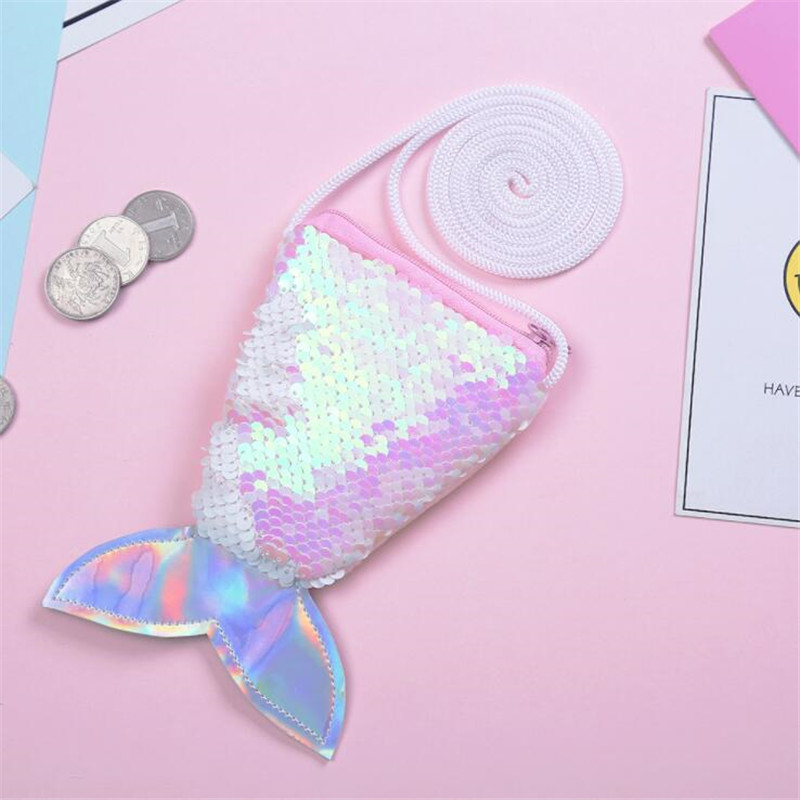
Conservation Status of Species Producing Mermaid’s Purses
The conservation status of species producing mermaid’s purses is vital for marine ecosystems. Many such species are facing threats. These threats include overfishing, habitat loss, and pollution. Conservation efforts are crucial to protect these marine animals. Let’s look at their current status and what actions are helping.
Threatened Species
Some shark and skate species that produce mermaid’s purses are endangered. Overfishing is a significant threat to their survival. Fishing nets often capture these creatures accidentally. This harms their populations. Skates and sharks can take years to mature. This slow growth makes recovery difficult.
Actions for Protection
Efforts to protect these species are growing. Marine protected areas reduce fishing pressure. These zones offer a safe haven for species to reproduce. Bans on certain fishing gear also help. They prevent accidental catches of these marine animals. Conservation groups are working hard. They spread the word about the importance of these species. They call for stricter fishing regulations.
Awareness and Education
Public knowledge can lead to better protection. Teaching people about mermaid’s purses raises awareness. Aquariums and environmental groups often hold educational programs. These programs explain why these species need protection. They also show how each person can help.
Research and Monitoring
Researchers are studying the life cycles of these species. Tracking where and when mermaid’s purses wash up helps scientists. It gives clues about the health of populations. Monitoring these trends can inform conservation strategies.
The future of species producing mermaid’s purses depends on our actions. Protecting them is crucial for a healthy ocean ecosystem. Through education, research, and protective measures, there is hope. Efforts must continue to ensure these species survive and thrive.
Citizen Science and Reporting Mermaid’s Purse Sightings
Citizen science involves public participation in scientific research. It’s a way for everyday people to contribute to our understanding of the world. In the context of mermaid’s purses, citizen science plays a crucial role. Through reporting sightings of these egg cases, beachcombers can support marine biology research.
- Collect Data: By noting where and when a mermaid’s purse is found, citizens help build a database. This information is valuable for scientists tracking marine species.
- Spot Patterns: Over time, data from citizen reports can show patterns. These patterns may signal changes in the marine environment or in species behaviors.
- Support Conservation: Information gathered by the public aids in conservation efforts. It can help identify areas where marine life needs protection.
- Easy Reporting: Many organizations provide online platforms for reporting sightings. Some also offer mobile apps. These tools make it simple to report findings and share pictures.
- No Expertise Needed: You don’t have to be a marine biologist to contribute. With guidance from resources, anyone can identify and report a mermaid’s purse.
Citizen science unlocks the power of the community to affect real change. Reporting a mermaid’s purse you encountered is a small but meaningful action. It adds to our collective knowledge and could help in efforts to protect marine life for years to come.
For effective reporting, include important details. Describe the size, shape, color, and any unique features. Note the exact location as well. If possible, take photographs. Always handle mermaid’s purses with care to avoid damaging potential life inside.
Together, citizen scientists can make a significant impact. Their efforts support the study and conservation of the mysterious and beautiful mermaid’s purse.
